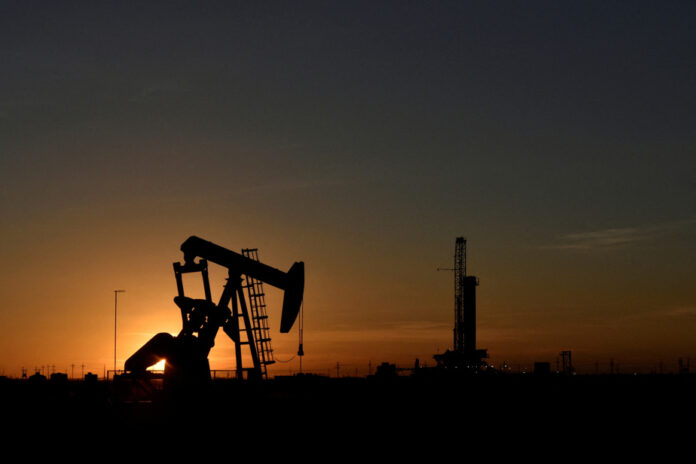(LONDON) Oil prices were hesitant on which direction to take on Friday, between the IEA’s upward revision to crude demand growth forecasts and rising inflation in the United States which could open the way for another Fed rate hike.
Around 6:30 a.m. (Eastern Time) (12:30 p.m. Paris), a barrel of Brent North Sea oil, for delivery in October, gained 0.37% to $86.72.
Its US equivalent, a barrel of West Texas Intermediate (WTI), for September delivery, took 0.35% to 83.11 dollars.
The International Energy Agency (IEA) has raised its forecast for global oil demand growth in 2023, which is heading towards its “highest level on record” to reach 102.2 million barrels per day, according to its monthly report released on Friday.
At the same time, the market was still digesting Thursday’s publication of the consumer price index in the United States, the main measure of inflation, rebounding to 3.2% for July.
“A reversal in the disinflationary trend could lead to further rate hikes and demand destruction from the Fed,” said SPI AM analyst Stephen Innes.
Higher short-term interest rates dampen demand for oil, as they weigh on economies by increasing the cost of credit for households and businesses.
San Francisco Fed President Mary Daly told Yahoo! Finances that “there is still work to be done. And the Fed is fully committed to resolutely bringing inflation back to its 2% target.”
Despite their pause on Friday, prices are maintaining their gains of the past few weeks: since the end of June, the two crude benchmarks have climbed around 20%, in the wake of production cuts from Saudi Arabia and reduced deliveries from Russia. .
On the natural gas side, the Dutch TTF futures contract, considered the European benchmark, was down slightly to 36.55 euros per megawatt hour (MWh).
Energi Danmark analysts say this is a “clear correction from the price spike” of more than 28% on Wednesday, sparked by the potential strike by Australian workers on offshore natural gas rigs liquefied gas (LNG) in the west of the country.
This possible strike is “still relevant”, remind the analysts, who thus expect “high volatility in the short term”.
Although Europe has largely replenished its LNG stocks since the start of the conflict in Ukraine, markets fear that shortages and strong demand in Asia will increase pressure on supplies in Europe.
The Australian gas facilities affected by the potential strike alone supply more than 10% of the world’s LNG supply each month.















